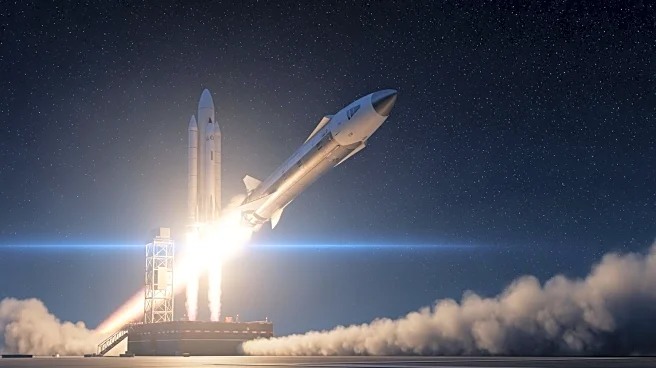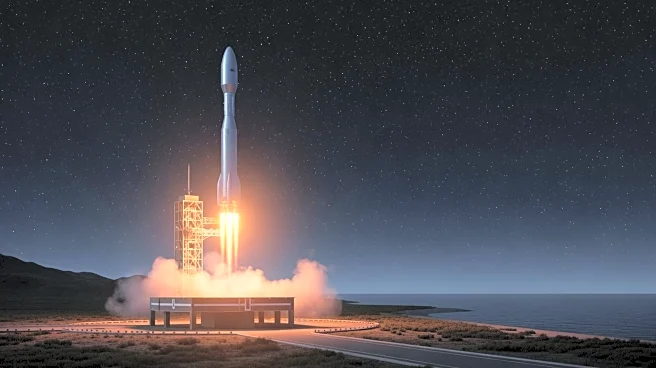What's Happening?
SpaceX has announced a reduction in the maximum speed for its Starlink Roam and Priority Plans, capping non-aviation plans at 391 knots. This adjustment affects the connectivity speeds available to users of Starlink's satellite internet service, which
has been expanding globally. The decision to lower speeds may impact users who rely on high-speed internet for various applications, including business and personal use.
Why It's Important?
The reduction in speed for Starlink's Roam and Priority Plans could have significant implications for users who depend on high-speed internet, particularly in remote or underserved areas. This change may affect businesses that require reliable and fast internet for operations, potentially leading to a reevaluation of their connectivity solutions. Additionally, the adjustment could influence the competitive landscape of satellite internet providers, as users may seek alternative services that offer higher speeds.
What's Next?
SpaceX may face feedback from users regarding the reduced speeds, prompting potential adjustments or the introduction of new plans to meet customer needs. Competitors in the satellite internet market might capitalize on this change by offering more attractive packages. Regulatory bodies could also scrutinize the impact of these speed reductions on consumer access to internet services, especially in areas where Starlink is a primary provider.
Beyond the Headlines
The decision to lower speeds may reflect broader strategic considerations by SpaceX, such as managing network capacity or optimizing service delivery. It highlights the challenges of balancing service quality with operational constraints in the rapidly evolving satellite internet industry. This development could also spark discussions on the future of global internet connectivity and the role of satellite providers in bridging digital divides.













